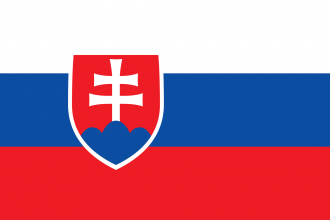The Republic of Slovakia, located in eastern central Europe, is a landlocked country. It borders with the Czech Republic and Austria to the west, Poland to the north, Hungary to the south and Ukraine to the east. Today (2017), of the total population of some 5.4 million, about 427,000 people live in the capital and largest city, Bratislava.
After the fall of the communist regime and the “Velvet Divorce” with the Czech Republic (in 1993), the Republic of Slovakia had to go through some complicated and painful reforms. Having carried out, a demanding transformation that included the loss of comfortable and traditional markets –which ‘politically’ guaranteed exports and imports-, the country managed to establish, though be it slowly, a stable market economy, that along with socioeconomic reforms, altered the structure of the country, after the mid 1990’s.
In the following years, starting from 2000, the country became a member of the Organization for Economic Co-operation and Development (OECD), joined the European Union (2004), and adopted the Euro currency (2009). All the aforementioned, in conjunction with the favourable geographical location, the qualified workforce and the relatively low wages, made the country a very attractive destination for foreign investors.
Nowadays, Slovakia has one of the most cost-effective, skilled and well-educated labour forces in Europe, with excellent multilingual skills. With a steadily growing infrastructure, the stable euro currency and attractive investment incentives, there is a great potential for R&D and innovation in the country.

